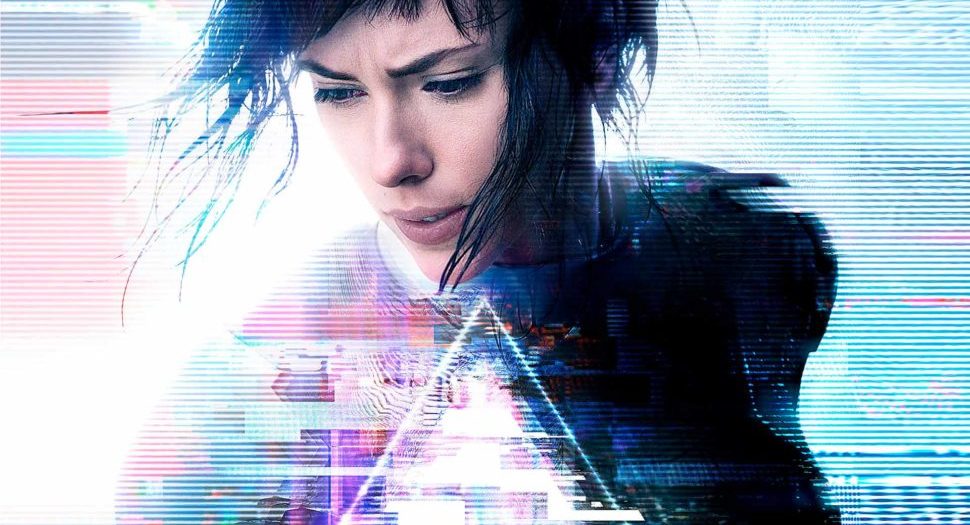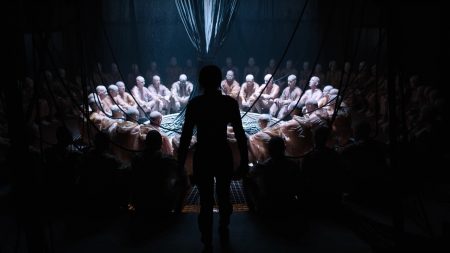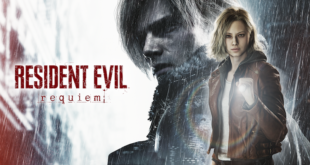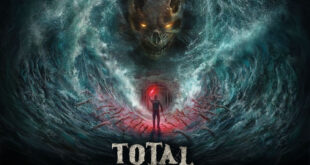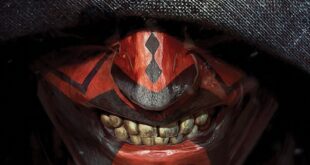Despite amazing visuals, the live action “Ghost in the Shell” fails to escape from a flawed script and a lack of subtlety. Well, that and some questionable casting choices.
Story and writing
Set in the near future where cybernetic augmentation is the norm, the film follows Major Mira Killian (Scarlett Johansson). She’s a human-cyborg hybrid who retains only her brain as a biological component.
Suffering from amnesia, she is told her body was lost during a cyberterrorist attack. Apparently, she only survived through an experimental procedure done by the Hanka Robotics company. In exchange for her new body, she has been trained as a counter terrorism operative through the government task force Section 9.
Basically, her job now is investigating and eliminating terrorist operations. During her most recent mission though, a mysterious individual causes her to question who she really is, and how she really lost her former life.
While the setup seems intriguing enough, the execution falls short on more than one occasion.
Story tropes from most any mystery thriller pop up one after another in Ghost in the Shell. And things become tiring after a while because of it. Of course the harsh government operative who always scowls isn’t a good guy. Of course that substance they have her take isn’t actually medicine. And of course the villain whose body looks identical to the protagonist’s is connected to her in some way. After too long, the entire movie’s plot becomes clear because of this reliance on accepted norms. That is a shame considering the source material’s use of subtle intrigue.
Speaking of which, subtlety was not at the top of this film’s priority list.
Several times throughout the movie, characters share awkward and even frustrating exchanges that plainly state every conflict they are experiencing.
The Major shares her frustrations with being different from the rest of the world time and again, always reassured by her partner Batou (Pilou Asbaek), her doctor Ouelet (Juliette Binoche), or her commander Arameki (Takeshi Kitano). Many times they even remind her that she is, in fact, a “ghost in a shell”, a “shell inhabited by a ghost”, or any other variation of the movie’s title. It all seems very oversimplified. It doesn’t give the audience enough credit either, telling where they could have just as easily shown the message they wanted to convey.
Visuals and style
Despite these flaws, the film’s visuals are nothing short of incredible. They perfectly capture how any anime adaptation should be handled. Ghost’s cyberpunk Japan is brought to life with sprawling streets lined by skyscrapers.
People file past holograms displaying ads and news, while patrons to bars share information via cybernetic uploads and geisha androids serve them drinks. Forensic workers connect themselves directly into computers to analyze clues and bodies as well. And special operatives can enhance their eyes, brains and even organs to become unstoppable tactical machines. Characters also look exceptional. They all pretty well fit the original character designs to a tee, from their hair styles to their attire.
Even key moments from the anime are recreated expertly. The major’s body being created from scratch; her diving from a building while becoming cloaked in high tech camouflage; the fight with a suspected terrorist in a slum waterway; and the climactic final battle with a spider tank, its gun fire tearing apart the environment around it. It all serves as a visual feast and makes it that much more frustrating when the film doesn’t utilize these aspects for story purposes.
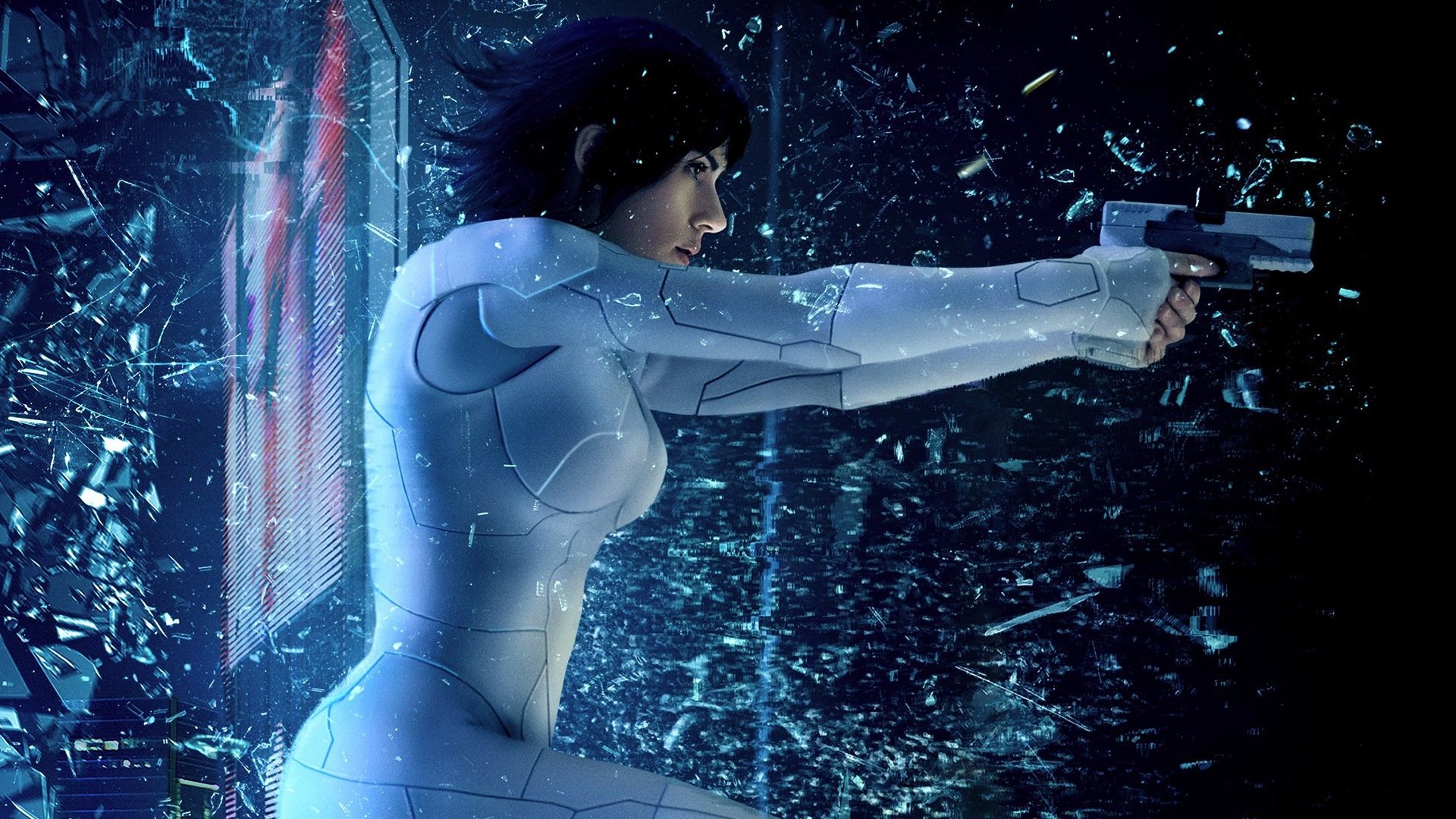
Actors and casting
It’s no secret that this film has come under plenty of fire for its casting choices. But honestly the fault shouldn’t rest entirely on the choice to cast Johansson. To her credit, she does a good job with her role, playing the major as a strong and self driven female lead. Pilou Asbaek also does very well as Batou and Takeshi Kitano is a sure fit for the grizzled Section 9 leader Arameki.
Unfortunately, the film is still white-washed or culturally insensitive in a number of ways. In the first half hour, over a dozen asian extras are gunned down or beaten to a pulp. Arameki speaks Japanese while the rest of the cast responds to him in English, apparently easier even when the film supposedly still takes place in Japan.
Worst of all, the film’s main plot twist reveals that the government kidnapped asian citizens to use their brains for full cybernetics research, making the cyborgs white afterward. While this could have been a tongue in cheek attempt at critiquing white washing, it backfires spectacularly. And it worsens the already abysmal reputation this film won’t ever be able to escape.
Conclusion
There are certainly good points to be found in this film and its undoubtedly one of the best live-action anime adaptations available in terms of visuals. That said, a poor story, lack of subtlety and questionable casting choices drag the movie down. It all culminates with Ghost in the Shell being forgettable at best, and notorious at worst.
Ghost in the Shell
Release Date: March 31st, 2017
Production companies: DreamWorks Pictures, Reliance Entertainment, Arad Productions, Shanghai Film Group Corporation, Huahua Media
Director: Rupert Sanders
A hollow shell
Story and writing - 40%
Visuals and style - 85%
Actors and casting - 50%
58%
Flawed
Even with some impressive visuals, "Ghost in the Shell" can't escape its flawed script and notorious casting blunders.
 BrutalGamer Bringing you Brutally Honest feedback from today's entertainment industry.
BrutalGamer Bringing you Brutally Honest feedback from today's entertainment industry.

